Rene Herse 11-speed Chainrings in New Sizes
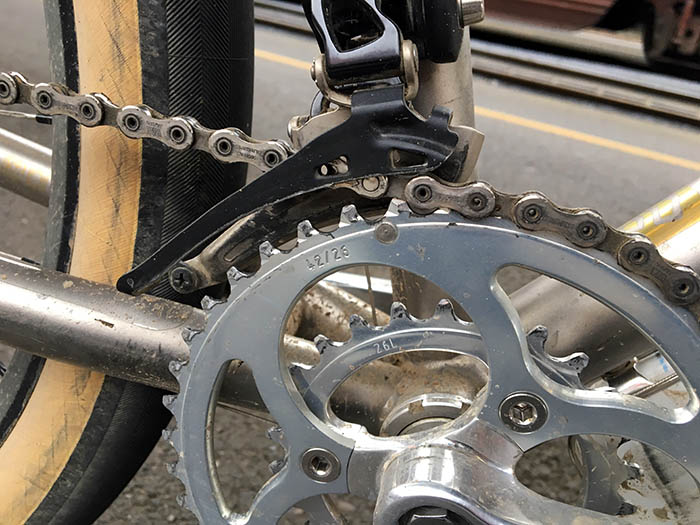
Chainrings choice. It’s one of the main attractions of our Rene Herse cranks – together with light weight, supreme reliability and, dare we say it, good looks. So when we presented our first 11-speed chainrings, it was only a matter of time until the program was expanded. Now we are introducing our 42/26 and 44/28 chainrings, which complement the 46/30 rings already available in our program.
More than two years ago, we asked our chainring suppliers about 11-speed chainrings with shifting aids. Their answer was: “No problem. We can machine generic ramps into your rings and rivet in a few pins, too. We do that for many companies.”
But that was not what we had in mind: We didn’t want ramps and pins that are more cosmetic than functional, and don’t really help with shifting. As with all our parts, we wanted our 11-speed chainrings to equal the performance of the best in the business.
That was the start of our most ambitious R&D project to date. Since that first conversation, it has taken more than 2 years, hundreds of engineering hours, dozens of computer models, and thousands of testing miles.
As always, our first step was to research what others had done. It soon became obvious that only the very largest component makers have developed well-shifting ramps and pins. Understanding their thinking allowed us to come up with improvements and modifications that would make our rings work at least as well as theirs, while preserving the shape and interchangeability of our Rene Herse rings.
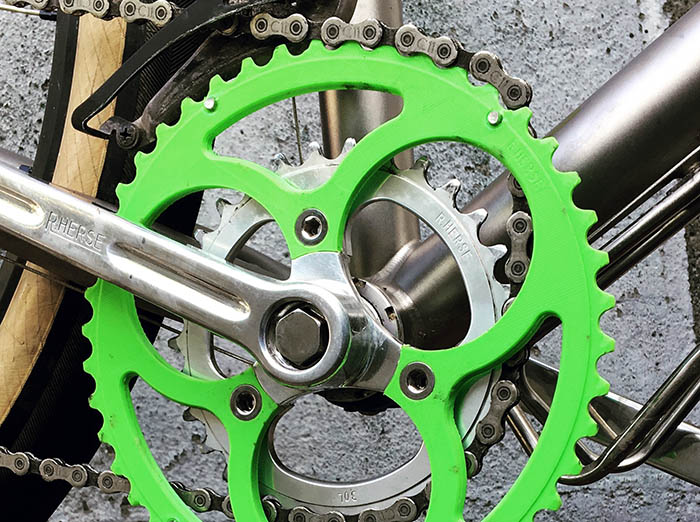 After we had developed our new chainrings in concept, we printed models on our 3D printer. These rings weren’t strong enough for riding, but they allowed us to visualize how our ideas work in practice.
After we had developed our new chainrings in concept, we printed models on our 3D printer. These rings weren’t strong enough for riding, but they allowed us to visualize how our ideas work in practice.
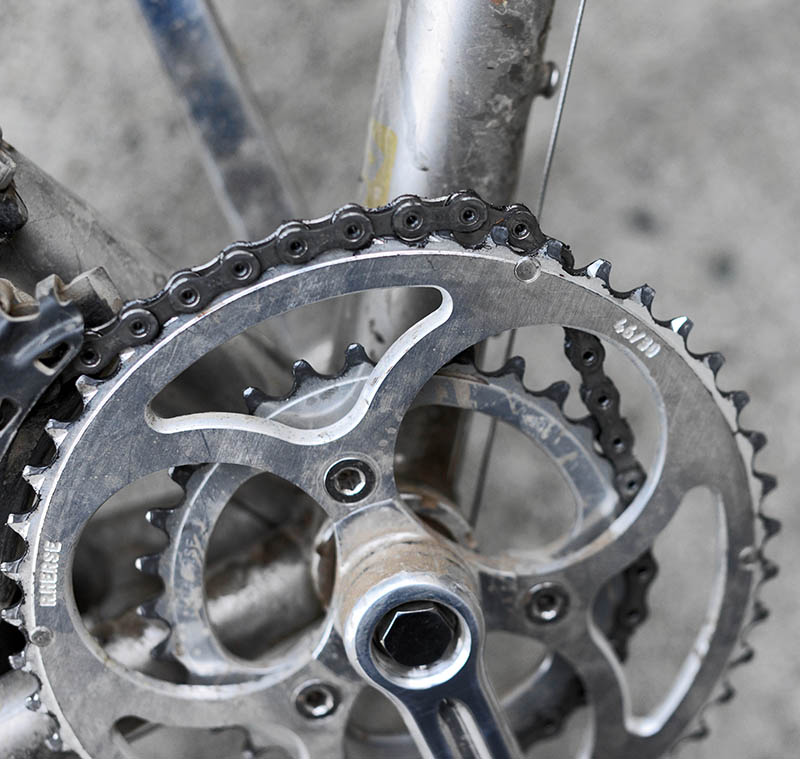
Then came the big step: Commissioning prototype chainrings – easily recognizable by their unpolished surface. The complex shape of the teeth requires a 5-axis CNC machine, so we can’t make them in-house. As one-offs, they are very expensive, so we had to be sure of our design before we ordered them. Fortunately, they worked as well as we had predicted. I rode them for a few thousand kilometers last year, including in the Volcano High Pass Challenge and at the Bicycle Quarterly Un-Meeting. I’m happy to report that they really do perform as well as the best rings you can get from the big makers.
After we introduced the 46/30 rings, we continued developing the other sizes. Each ring is a separate project, and each ring is designed to work only with a single inner ring: The teeth of both rings must line up in a particular way to get a good shift. The pin must hit the chain in the middle of a link and not at the pivot, otherwise, it doesn’t really do much to lift the chain. And then the chain must mesh seamlessly with the teeth of the big ring. That part is actually the hardest. Most makers look at the problem from a static point of view, but to optimize the shifting, you need to consider that the chainring is spinning at 90-120 rpm. The downshifts require other parts of the chainrings to be relieved, so the chain can pass to the inside without having to climb over the teeth first. There is a lot to it, and much of it is a trade secret.
What happens if you use the new rings with different inner rings? Nothing bad, it’s just that the upshifts aren’t much better than without ramps and pins. During downshifts, you’ll still benefit from the optimized tooth profiles that allow the chain to move smoothly off the big ring. (With downshifts, the chain always lands on the small ring, so it’s not important to have a matched pair of chainrings.)
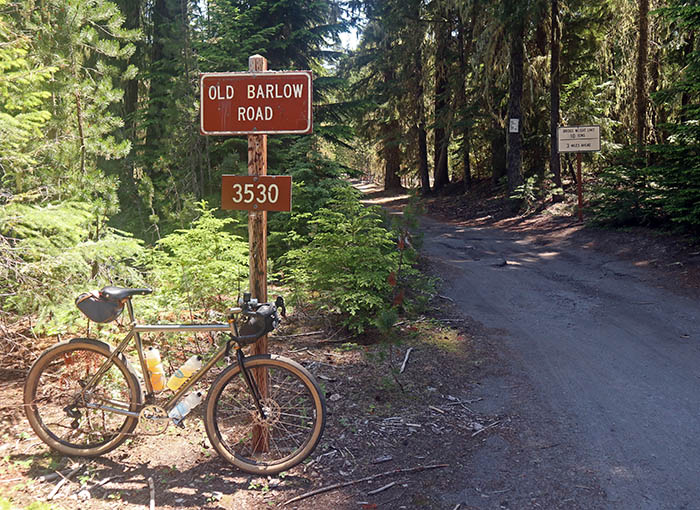 I’ve been testing the new sizes over the summer on some epic rides. I’ve really appreciated the smallest combo, the 42/26 during a solstice ride around Mount Hood in Oregon. I ride it like a 1×11 most of the time, but with smaller steps between the gears. And when I need a really small gear, I shift to the small ring.
I’ve been testing the new sizes over the summer on some epic rides. I’ve really appreciated the smallest combo, the 42/26 during a solstice ride around Mount Hood in Oregon. I ride it like a 1×11 most of the time, but with smaller steps between the gears. And when I need a really small gear, I shift to the small ring.
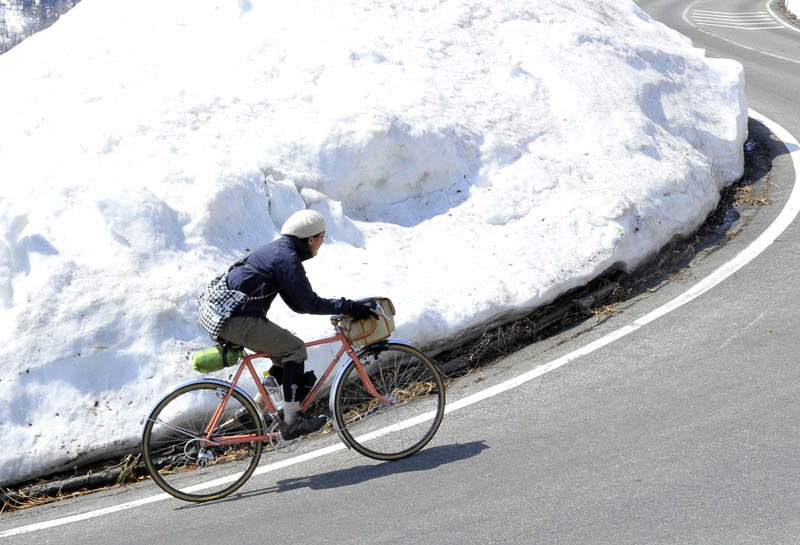
Natsuko really likes the 44/28 combination, and she can’t wait to try the new rings on her C. S. Hirose. The 46/30 is perfect for fast road riding. I use that combination on my randonneur bike. We are excited to offer all these sizes with 11-speed compatible, smooth-shifting chainrings.

The new chainrings work equally well with 10- and 9-speed. They are designed to work with all shifting systems – STI, Ergopower, DualTap, but also bar-end and downtube shifters. There is only one thing to keep in mind: They are designed to work with Shimano’s Ultegra chain. The pins have to be designed with a specific chain in mind, and we found that the Shimano Ultegra chain works best. Use the Ultegra chain that is appropriate for the number of cogs you run, and you’ll enjoy the fastest, smoothest shifting you’ve ever experienced on a bike – while running chainring combinations that perfectly match your riding style. Coincidentally, the Ultegra chain shifts better on the rear, too, no matter which cassette and derailleur you use. (On my Firefly, rear shifts became a lot crisper with the Ultegra chain, even though the bike uses Campagnolo derailleurs and cassette.)
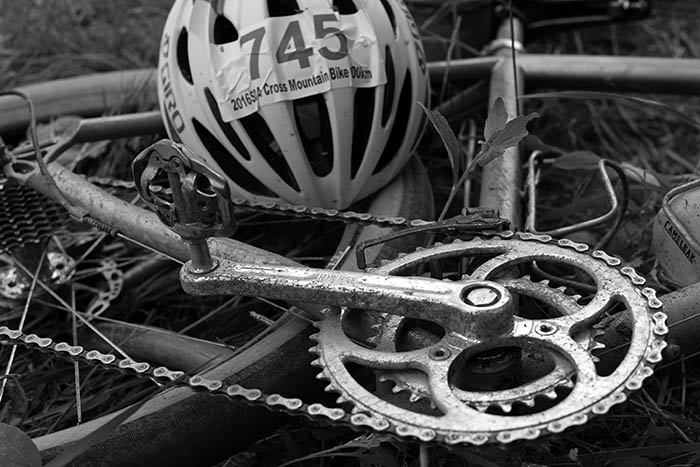
Many of you will like that we’ve made the chainrings backwards-compatible. If you have a set of Rene Herse cranks, you can just swap the large chainring for an 11-speed one. The rest of the crank is unchanged. It’s part of our commitment to sell you only what you need, rather than forcing you to buy a complete new crankset just because you want to upgrade to 11-speed.
The new chainrings are in stock now. And as with all René Herse cranks, we offer free world-wide shipping (on Rene Herse cranks and brakes only).
Click here for more information about Rene Herse cranks.


